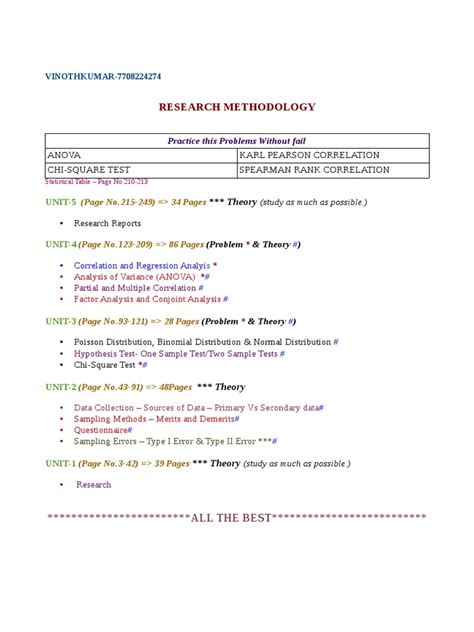Introduction:
In the realm of academia, research serves as the cornerstone of knowledge acquisition and advancement. For high school students seeking to hone their research skills and embark on a path toward academic excellence, the Advanced Placement (AP) Research Methods course offers an invaluable opportunity. This comprehensive guide delves into the intricacies of AP Research Methods, equipping students with the knowledge, strategies, and best practices essential for conducting rigorous research projects.

Data Collection and Analysis:
2.1 Quantitative Research Methods:
Quantitative research methods involve the collection and analysis of numerical data. These methods are often employed in studies that aim to generalize findings to a larger population. Common quantitative research designs include surveys, experiments, and quasi-experiments.
2.2 Qualitative Research Methods:
Qualitative research methods, on the other hand, prioritize the collection and analysis of non-numerical data. These methods are ideal for studies that seek to gain in-depth understanding and explore complex phenomena. Common qualitative research designs include interviews, focus groups, and observations.
2.3 Mixed Methods Research:
Mixed methods research integrates both quantitative and qualitative methods to provide a more comprehensive understanding of a research question. This approach allows researchers to triangulate findings from multiple perspectives and enhance the validity of their conclusions.
3. Ethical Considerations:
Ethical research practices are paramount in AP Research Methods. Researchers must adhere to the highest ethical standards to ensure the well-being of participants, the integrity of data, and the credibility of research findings.
4. Writing and Presenting Research Papers:
The culmination of an AP Research Methods project is the research paper, which presents the research findings, analysis, and conclusions in a clear and concise manner. Students must also effectively present their research to an audience, demonstrating their communication and presentation skills.
5. Common Pitfalls and Best Practices:
5.1 Common Pitfalls:
– Lack of clear research question
– Insufficient data collection and analysis
– Biased data collection
– Ethical violations
– Plagiarism
5.2 Best Practices:
– Develop a well-defined research question
– Conduct rigorous data collection and analysis
– Maintain objectivity and impartiality
– Adhere to ethical guidelines
– Avoid plagiarism
